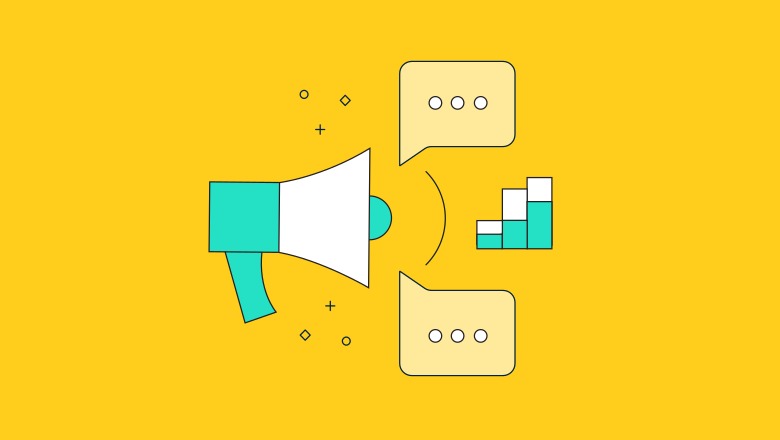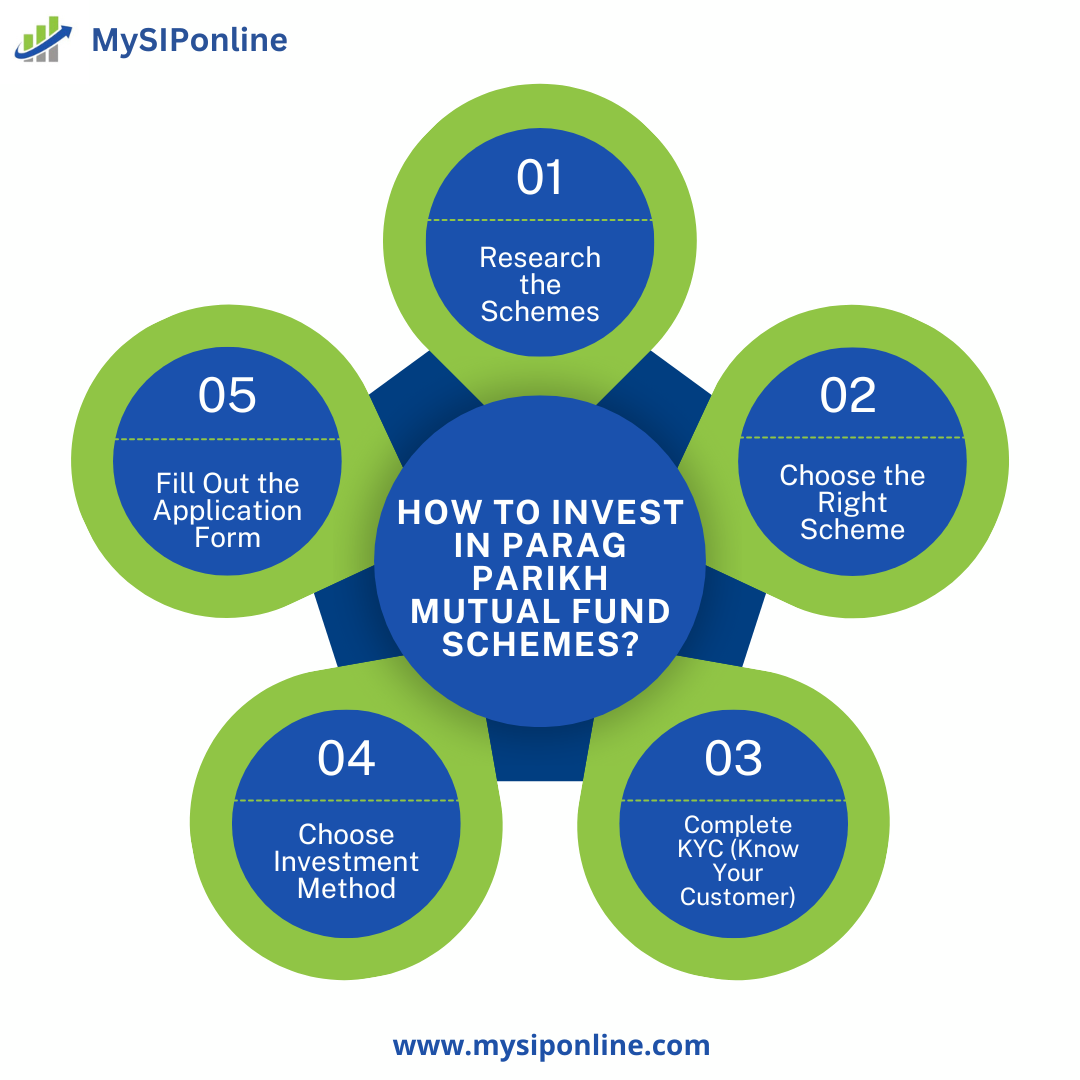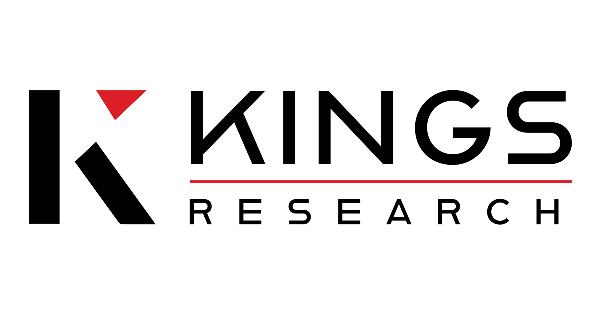Marketing messaging matters.
This is especially true in an era where standing out from the digital crowd is such a struggle.
Think about how the average person is bombarded with hundreds of emails and thousands of social media posts per day.
Memorable, meaningful messages are the ones that are going to resonate with your customers.
And so you need to not only pay attention to what your brand says but how you say it.
In this guide, you'll learn the basics of effective messaging and how to make sure you're speaking your target audience's language.
What is marketing messaging, anyway?
Marketing messaging represents how a brand communicates to its customers and highlights the value of its products. 'Messages' refer to not only the actual words and phrases used by a brand in advertising but also feelings and emotions associated with what they say.
In short, messaging covers both a brand's literal language and the subtext of their ads. Your approach to messaging impacts pretty much every corner of your business, including:
Social media postsPromotional copyWebsite copyEmail campaignsCalls-to-actionKeep in mind the distinction between your marketing messaging and your brand voice. The former refers to the big-picture message you want to convey to customers, while the latter represents the tone and attitude you adopt while doing so. Although they're certainly intertwined, they're far from the same.
7 effective marketing messaging examples (and why they work so well)
Perhaps the best way to make sense of marketing messaging is by looking at some real-world examples.
Below are seven time-tested types of messages, all of which are staples of marketing at large.
1. Affordability and value
Easily one of the most common marketing messages, conveying affordability works so well because it speaks to the near-universal problem of being strapped for cash.
For example, brands like Smile Direct Club do a brilliant job of stressing the value of their product using both numbers ('$3 per day') and emotion ('a smile you'll love').

2. Ease of use
Especially in the world of tech, consumers want powerful products but not at the expense of those products being complicated.
The easier something is to use, the less stressful it is and the easier it is for people to imagine that product in their hands. Check out how Bubble.io hypes up their no-code software to skeptical customers.

3. Comfort
So much of effective marketing messaging involves reassuring customers.
Conveying comfort means giving your buyers a warm-and-fuzzy feeling while also confirming that you understand how they think.
For example, Secretlab highlights how their gaming chairs are 'built for every size,' perhaps reassuring buyers who've been burned by uniform seats or are otherwise skeptical.

Meanwhile, this video following their 'invest in comfort' call-to-action reinforces that sense of comfort for totally different types of customers.










![Lobster Market Growth: Key Factors Driving Expansion to USD [9.6 Billion] by {2029}](https://noticiasdecostarica.com/zb_users/upload/2025/07/20250714121902175246674235065.png)



